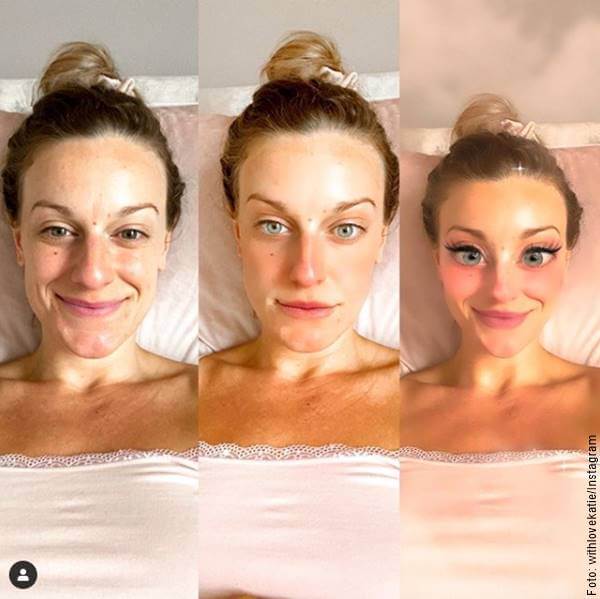(Oranjestad)—For many years now, technology has been an indispensable part of the day-to-day life of people. Most of the global population use electronic devices for work, their study, for entertainment purposes and especially for communicating with others.
Nowadays, the majority of young children between ages 11 and 18 have mobile devices with access to the internet. Online interactions is something very important those who interact and create relationships with other people through online profiles.
The latest data from Unicef indicates that 98% of all teenagers have at least one profile account on social media platforms. While 83% have three profiles or more, two in three have more than one online profile that they to specifically interact with friends and family.
Social media platforms like Instagram, Facebook and TikTok have incorporated the option of editing pictures and videos using filter before uploading them to the web. One recently viral filter included the option to make facial properties “more attractive” and hide features which are deemed socially as “less attractive.”
Filter on social media are described as a set of digital elements that create an augmented version of reality which allows the integration of virtual content in the real world.
The use of these digital tools is applied on pictures to make faces or bodies “prettier.” However, mental health experts warn that frequent use of filter may lead to someone developing a unhealthy obsession with presenting the “perfect” appearance.
On Instagram, for example, there are filter that can be applied to pictures or reels when a user upload content on their story. Similarly, TikTok offers editing tools for the users’ content, ranging from sounds effects, color changes, voice change etc.
According to a study on the social media managing platform “Hootsuite”, there are 500 million existing accounts on Instagram around the world; 75% of this amount use filters to digitally modify their reality.
Clinical psychologists have pointed out that “the filters are harmless if used sparingly and for fun. This becomes a problem when the user starts depending on these filters to be able to present themselves to others online. There is a lack of confidence and self-esteem there.”
They have also mentioned that the frequent use of filters can be especially damaging to children and teenagers who are consistently exposed to enhance appearances online. This can lead to frustration, dissatisfaction for ones appearance and even depression due to the direct impact on one’s self-esteem.
The unrealistic expectations that social media imposes on users can create low self-esteem and may cause users to strive for the idea of “perfection”. This can lead to further frustration is users and not satisfied, anxiety and symptoms of depression. Recent studies show that these types of mental disorders have increased by 70% among teenagers and nine out of ten teenagers do not feel confidence in themselves nor their physical appearance.
In this sense, the use of filter to alter one’s image on social media contributes directly to the unrealistic expectations of what is “the perfect body,”
In 2020, a study conducted by the University of California identified an existing correlation between the use of filters and the desire to modify and augment one’s body or appearance. Results of the study also showed the consequences of body dysmorphia, which is an obsessive tendency in which a person is consistently worried and unsatisfied by their physical appearance. In cases like these, even the smallest detail can cause extreme anxiety, despite that these may not even be noticed by anyone else.
Faced with this reality that causes mental health issues and unrealistic standards, the first thing to ask is: What can we do to prevent these things from happening? The first step is to be aware of the effects of social media.
This is why it is crucial for parents to communicate with their children about the pros and cons of social media, preferably before allowing them to gain access to the internet. Be aware of what your child is doing online and what content they are exposed to.
It is also important to not judge, so that children and teenagers can feel understood and feel like they are not alone. Parents can also explain the consequences of social media and how these can create unrealistic ideals in their children’s mind. Encourage them to take up hobbies and allow themselves time to interact and spend time outside of the internet.




















